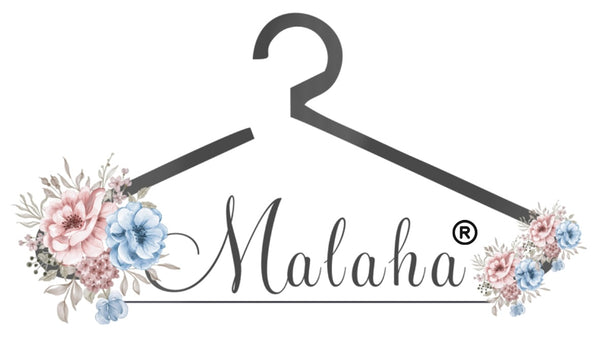Introduction:
Understanding your body type is an essential aspect of personalizing your fitness routine, wardrobe choices, and overall lifestyle. While there are different ways to determine your body type, measuring key areas of your body provides a practical and accurate method. In this blog, we will guide you through the process of measuring your shoulder, bust, hip, and waist, helping you determine your body type with precision.
1. Gather the Tools:
To begin, gather a flexible measuring tape, a mirror, and a notepad or a digital device to record your measurements. It's important to have accurate measurements, so ensure the measuring tape is not too loose or too tight around your body.
2. Shoulder Measurement:
Stand straight with your arms relaxed by your sides. Position the measuring tape across the back of your shoulders, starting at the outer edge of one shoulder and extending it to the outer edge of the other. Record the measurement in inches or centimeters.
3. Bust Measurement:
Wrap the measuring tape around the fullest part of your bust, ensuring it is parallel to the floor. Take note of the measurement without compressing your chest.
4. Waist Measurement:
Locate the narrowest part of your waist, usually around the area above your belly button and below your ribcage. Wrap the measuring tape around your waist, making sure it's snug but not too tight. Record the measurement.
5. Hip Measurement:
Find the widest part of your hips, which is typically around the fullest part of your buttocks. Wrap the measuring tape around this area, keeping it parallel to the floor. Take note of the measurement.
6. Analyzing Your Measurements:
Now that you have your shoulder, bust, waist, and hip measurements, you can analyze and determine your body type based on the proportions.
- If your bust and hip measurements are relatively similar, and your waist measurement is smaller, you may have an hourglass body shape.
- If your shoulder and hip measurements are nearly equal, with a smaller waist, you may have an inverted triangle or athletic body shape.
- If your bust and hip measurements are smaller compared to your waist, you might have a rectangle or straight body shape.
- If your hip measurement is significantly larger than your bust and waist measurements, you could have a pear or triangle body shape.
- If your shoulder, bust, waist, and hip measurements are similar, you may have an oval or round body shape.
Conclusion:
By measuring your shoulder, bust, waist, and hip, you can gain valuable insights into your body type and shape. Remember that these measurements provide guidelines and that individuals can have unique variations that do not fit precisely into a specific category. Embrace your body type, focus on your strengths, and make choices that support your overall health and well-being.













